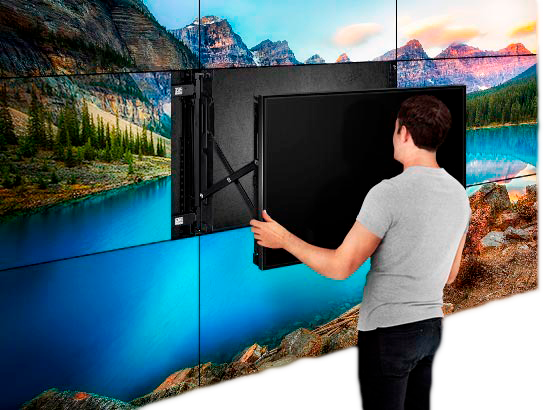Exploring the Key Elements That Influence Hue Consistency in Light Emitting Diode Panel Panels for Ideal Visual Performance
Exploring the Key Elements That Influence Hue Consistency in Light Emitting Diode Panel Panels for Ideal Visual Performance
Blog Article
Hue consistency in light-emitting diode wall panels is essential for achieving maximum optical output. LED wall panels are widely used in various settings, including musical events, meetings, and promotional displays. When the colors on these panels are consistent, they create a more captivating and enveloping encounter for viewers. Several key factors affect hue uniformity, including the caliber of the LED components, calibration processes, and surrounding factors.
The quality of the light-emitting diode elements plays a significant role in color consistency. Different types of LEDs produce light at different frequencies, which can influence the total hue result. High-quality LEDs are designed to produce a more uniform light spectrum, resulting in better color accuracy. Additionally, the manufacturing method of these LEDs can impact their performance. Panels made with superior materials and technology tend to have fewer color variations, ensuring that the displayed images and footage look vibrant and faithful to life.
Calibration is another crucial factor in preserving hue consistency in light-emitting diode wall panels. Calibration entails adjusting the settings of the screen to make certain that the colors displayed align the intended design. This procedure can consist of fine-tuning brightness, differentiation, and hue balance. Regular tuning is essential, especially in environments where lighting conditions vary often. By calibrating the panels, specialists can fix any discrepancies in hue result, resulting to a more uniform viewing experience.
Surrounding factors also affect color uniformity in light-emitting diode wall screens. Factors such as surrounding visit this website light, temperature, and moisture can affect how hues are perceived. For instance, bright surrounding light can dull hues, making them appear less vibrant. Similarly, harsh heat can affect the functionality of the LEDs, leading to color shifts. To reduce these problems, it is crucial to install LED wall panels in controlled environments where lighting and temperature can be controlled efficiently.
Lastly, the layout and layout of the LED wall panels can impact hue uniformity. The configuration of the screens, as well as the distance from which they are viewed, can create variations in color perception. When panels are arranged too far apart or at different angles, viewers may notice inconsistencies in hue. To obtain the optimal optical output, it is important to consider the placement and alignment of the screens during setup. By tackling these elements, operators can guarantee that their light-emitting diode wall panels deliver a consistent and superior visual encounter.